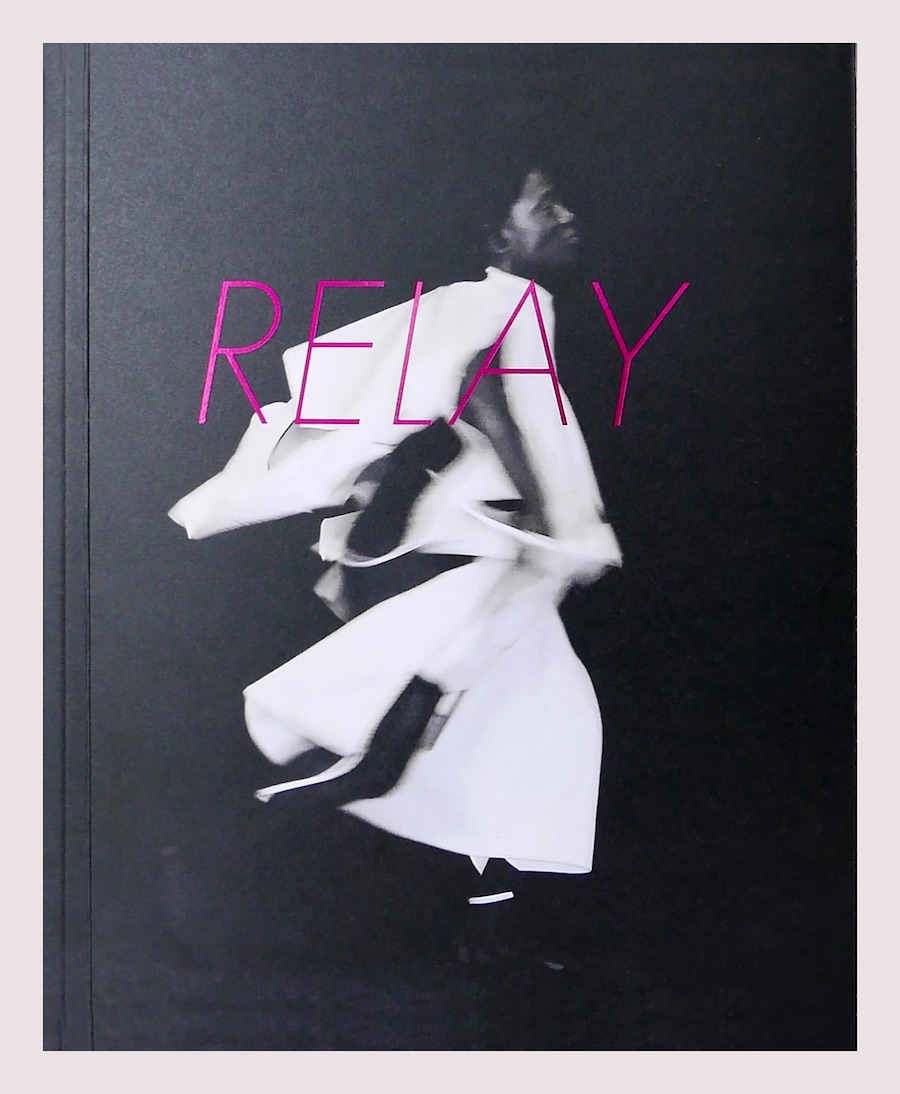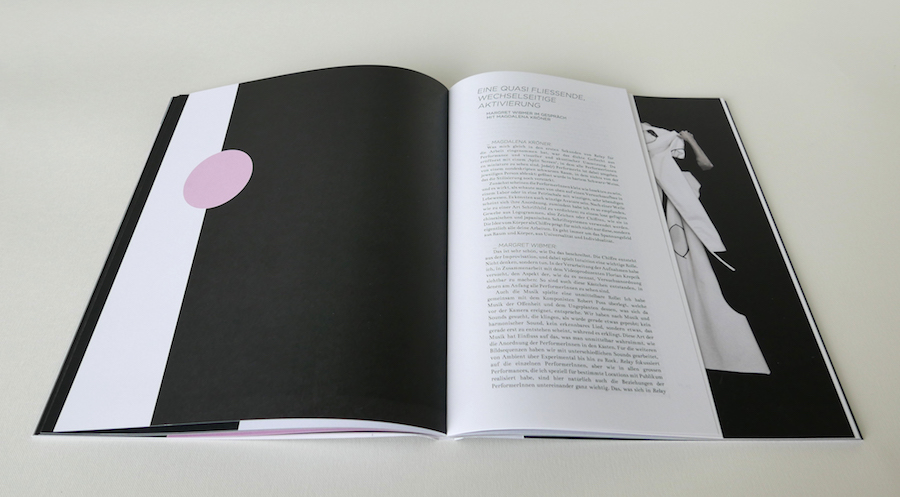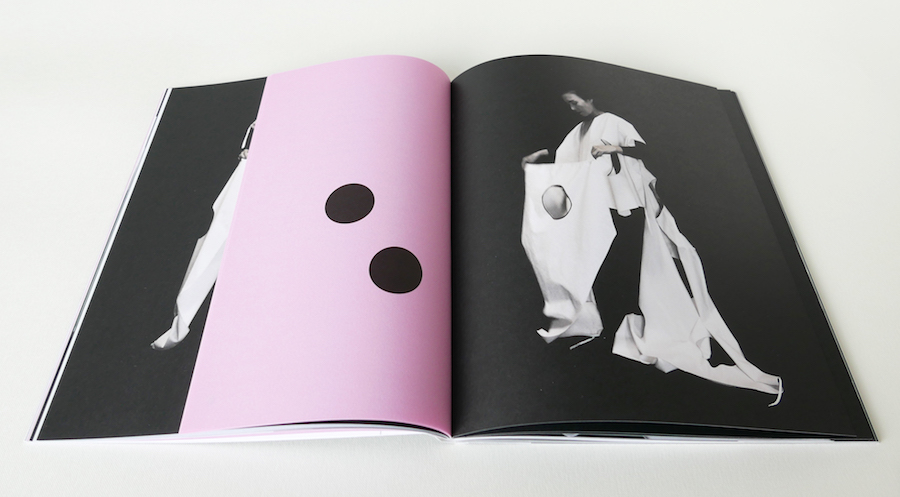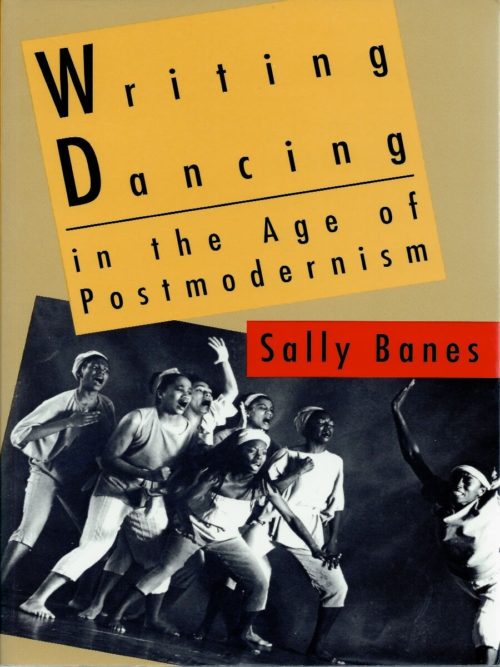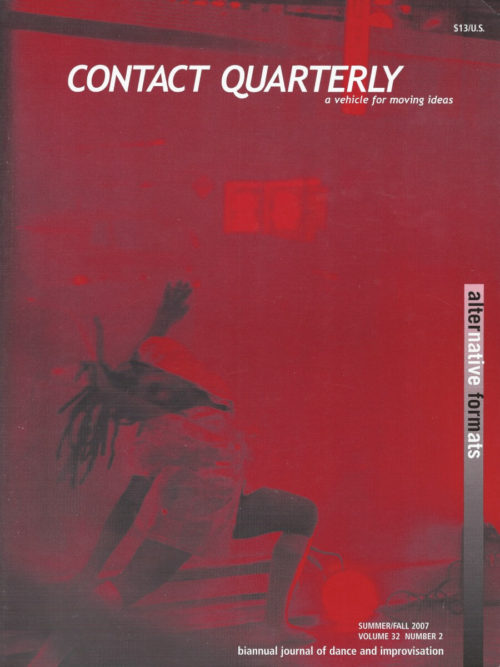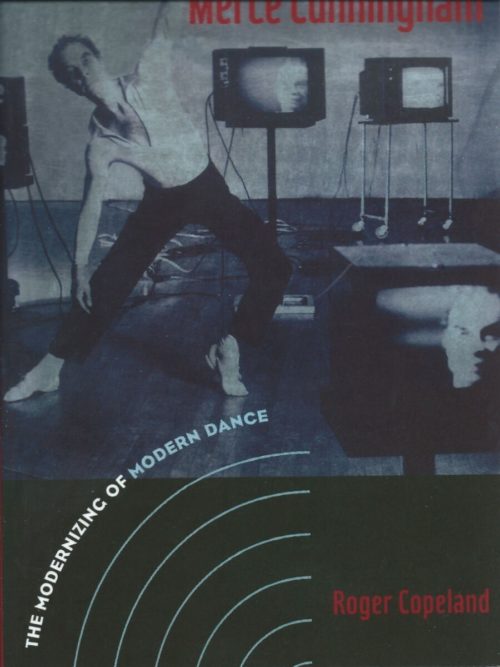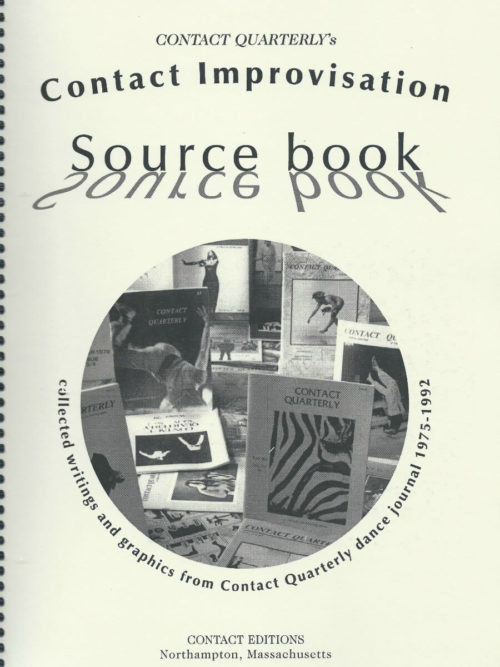RÉSUMÉ
In her multimedia work Relay visual artist Margret Wibmer analyses the relationship between body, object and (digital) space through individual performances in front of a camera. Eleven participants, all close friends of the artist, interpret a textile object that was created by Wibmer for the purpose of the intervention. The ever-changing shapes of body and textile are both sculptural and dramatic, revealing intrinsic processes through movement, material and media.
For more than twenty years the human body and experience—physical, emotional as well as social—have played a central role in Margret Wibmer’s artistic practice. Using various media such as performance, video, photography and textiles, she investigates the position of the human body in relation to the ever-changing digital environment and the meaning of the human body in the creation of knowledge.
This publication and the video have been realized in close collaboration with book designer Isabelle Vigier, composer Robert Poss, and video producer Florian Krepcik. With a text by artist Marianna Maruyama, and an interview with Margret Wibmer by writer Magdalena Kröner. The video is made accessible via a QR code inside the book.
In ihrer multimedialen Arbeit Relay unternimmt die Künstlerin Margret Wibmer anhand individueller Performances vor einer Kamera eine Untersuchung der Beziehung zwischen Körper, Objekt und (digitalem) Raum. Elf Teilnehmer_innen, alle aus dem Freundeskreis der Künstlerin, interpretieren ein von Wibmer speziell für diese Intervention geschaffenes textiles Objekt. Die ständiger Veränderung unterworfenen Formen von Körpern und textilem Objekt wirken gleichermaßen skulptural und dramatisch und machen durch Bewegung, Material und Medium intrinsische Prozesse sichtbar.
Der menschliche Körper und die menschliche Erfahrung – physisch und emotional ebenso wie sozial – bilden seit mehr als zwanzig Jahren einen Schwerpunkt in der künstlerischen Praxis von Margret Wibmer. Unter Zuhilfenahme unterschiedlicher Medien wie Performance, Video, Fotografie und Textilien erforscht sie die Position des menschlichen Körpers im Verhältnis zu einem sich ständig verändernden digitalen Umfeld und die Bedeutung des menschlichen Körpers in der Schaffung von Wissen.
Das Video und diese Publikation sind in enger Zusammenarbeit mit Buchgestalterin Isabelle Vigier, Komponist Robert Poss und Video-produzent Florian Krepcik entstanden. Mit einem Text der Künstlerin Marianna Maruyama und einem Interview, das die Autorin Magdalena Kröner mit Margret Wibmer geführt hat. Das Video kann über einen im Buch enthaltenen QR-Code abgerufen werden.

